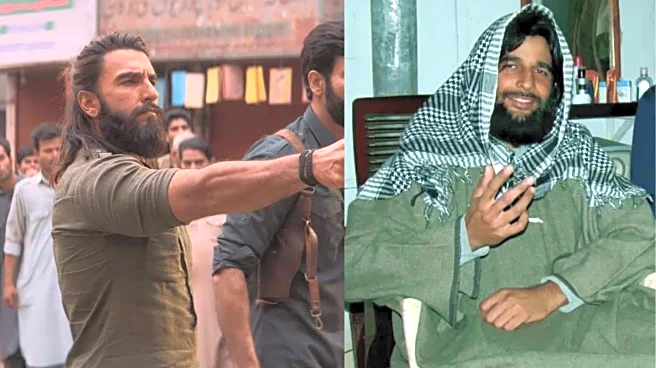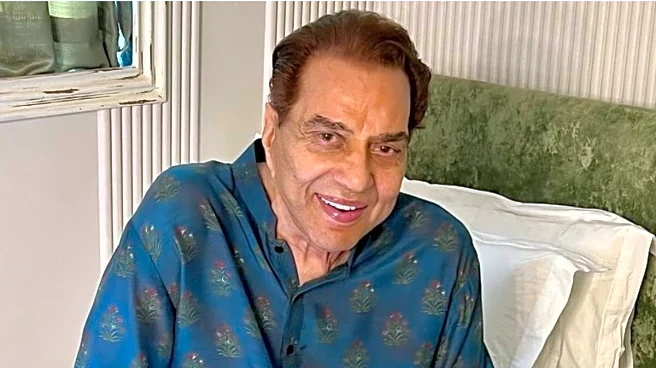There is something inherently gripping about stories of real heroes—those who operate far from the limelight, take impossible decisions in impossible seconds, and walk back with a calm so unnerving that it almost feels cinematic. When a film like Dhurandhar lands in theatres, audiences immediately want to know whether its grit-soaked moments spring from pure imagination or from the life of someone who actually lived those moments. That curiosity has grown louder around one name: Major Mohit Sharma, an exceptional soldier whose daring encounter in Kashmir—where he shot terrorists at point-blank range using their own weapon and later sipped kahwa as his unit arrived—has now entered modern military folklore. But is Dhurandhar truly telling his story,
or does it simply echo the spirit of officers like him? The truth, as always, is far more layered than the screen suggests. Before the uniform, before the folklore, Mohit Sharma was simply “Chintu” at home—the second-born child of Rajendra Prasad Sharma and Sushila Sharma. His school days at Delhi Public School, Ghaziabad, shaped much of the discipline he later carried into the field. In 1995, after finishing Class 12, he appeared for the NDA exam. That same year, he briefly enrolled at Shri Sant Gajanan Maharaj College of Engineering in Shegaon, Maharashtra, until the SSB interview in Bhopal changed everything. By December 1995, he had joined the National Defence Academy—where classmates began calling him “Mike,” a name that stuck as firmly as his reputation for grit.
The Making of a Soldier: Training, Grit, and the First Salute
Major Mohit Sharma’s military career did not unfold overnight. He joined the Indian Military Academy in 1998 and distinguished himself early, eventually being appointed the Battalion Cadet Adjutant. The role brought with it opportunities few cadets experience, including meeting then President K. R. Narayanan at Rashtrapati Bhavan—one of those rare photographs families hold dear for generations. He was commissioned as a lieutenant in December 1999, beginning a journey that would later redefine courage for an entire generation of young officers. In December 2002, Mohit opted for the elite Para (Special Forces). It was a decision fuelled by ambition and a certain fearlessness that those close to him had always recognised. By June 2003, he had completed the grueling probation and earned the maroon beret—an achievement that remains one of the most respected milestones in the armed forces. His rise was steady: a promotion to major in December 2005, a Sena Medal for exemplary bravery in a 2004 operation, and later—two years as an instructor in Belgaum, where he trained commandos with a mix of precision and empathy. By 2008, he was back in Kashmir—the terrain that would test, challenge, and ultimately claim him in 2009.
The Man Behind the Legend: Who Was Major Mohit Sharma?
Major Mohit Sharma was not your everyday officer. A Para Special Forces commando, he was awarded the Kirti Chakra (posthumously) for his unparalleled courage during operations in Kashmir. His tactical brilliance, calm under pressure, and ability to improvise under life-threatening circumstances made him one of the most admired soldiers in his unit. For context, Sharma once infiltrated a terrorist group by posing as “Iftikhar Bhatt,” a tactic that earned him deep respect within military circles. Credit: Official defence citations.
The Encounter That Sparked a Thousand Discussions
One of Major Sharma’s most talked-about operations took place during a close-combat engagement in Kashmir. During the fight, he overpowered a terrorist so swiftly that he managed to use the terrorist’s own weapon to neutralise others at almost point-blank range. It was the kind of courage that bends belief, the kind that would normally be dismissed as a writer’s exaggeration—except this wasn’t fiction at all. When his unit finally reached the spot, Sharma was calm, almost eerily so. The popular anecdote goes that he sat down and drank kahwa, waiting for his team as if he had just stepped out of a routine inspection and not a life-or-death battle. It is the sort of detail that storytellers cling to because it feels too poetic to be real and too real to be ignored.
So, Is Dhurandhar Actually Based on His Life?
This is where the lines blur. The makers of Dhurandhar have not officially credited Major Mohit Sharma as the film’s inspiration. In fact, filmmaker Aditya Dhar has explicitly clarified that Ranveer Singh’s character is not based on the officer, putting to rest widespread speculation fuelled by the trailer. As with many action-drama films rooted in India’s security landscape, the story appears to be a composite—borrowing the spirit, courage, and adrenaline of several real-life operations and soldiers. However, the parallels between the on-screen sequences and Major Sharma’s known encounters are strong enough that audiences have naturally drawn the connection. In other words, Dhurandhar does not explicitly call itself a biopic, but its essence mirrors incidents from Sharma’s career that have long lived in military memory. India’s military history is filled with bravery, but Major Sharma’s story stands out because of its cinematic visuals, its emotional arcs, and its almost unbelievable details. A soldier using a terrorist’s gun against him? A point-blank firefight? A quiet cup of kahwa moments later? Little wonder filmmakers and writers keep circling back to these moments. They remind us that courage is not always loud. Sometimes it looks like calmness after chaos.

/images/ppid_a911dc6a-image-176423267691532059.webp)

/images/ppid_a911dc6a-image-176407354828817326.webp)
/images/ppid_a911dc6a-image-176403853473019744.webp)
/images/ppid_a911dc6a-image-176404906899911511.webp)
/images/ppid_a911dc6a-image-176416452979316364.webp)
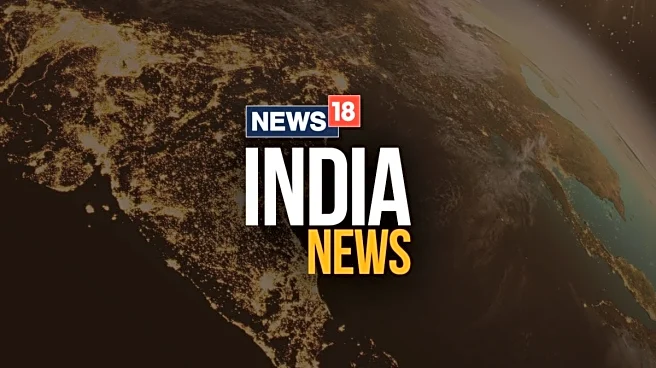

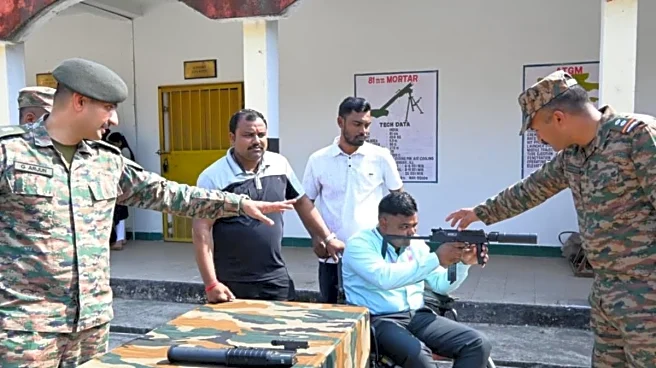
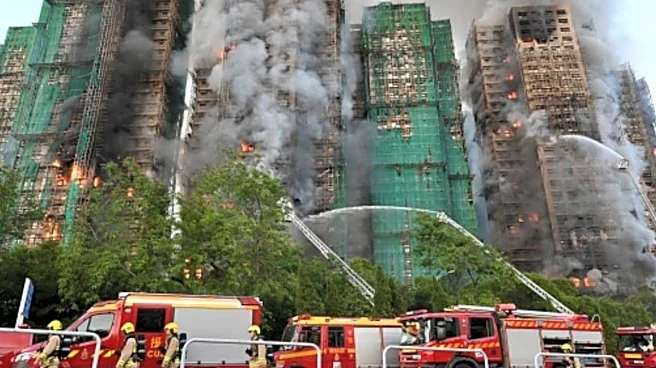
/images/ppid_59c68470-image-17642250718485649.webp)

